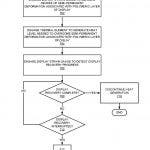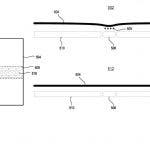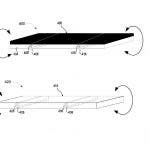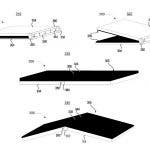Motorola first filed for a patent in 2016 to address the deformity native to foldable displays. It focusses on using heat dissipation to battle the aforementioned issue. Motorola Mobility filed the patent with World Intellectual Property Organisation under publication number 20180164854.
The patent focusses mainly upon solving the deformity caused by folding of the display by using heat. It talks about heating a portion of the display that will be subjected to folding thus making it more malleable and less prone to long-term damage. There are also ways and means defined to measure the amount of damage that is caused to the display due to folding and how much heat it should be subjected to. It also defines ways to determine how long it would take for a display to show deformity after being subjected to folding. Once the display reaches such a point, a preset amount of heat would be released on to that fold section to prevent further damage. This, of course, would work best with plastic displays as they are easily malleable.
While foldable displays exist, they are not common on smartphones. Primarily because they are expensive. Using plastic as an alternative to glass sounds like an interesting proposition, but it can hardly provide the same kind of experience as a glass display. But Motorola’s approach is definitely not a bad idea. If they manage to implement a high quality plastic display, it will still be cheaper and stronger than the most expensive glass panel. The patent also addresses solutions for displays that have multiple folding points. This is a novel idea and the applications are endless. Furthermore, the device cost will come down by a huge margin thanks to the cheapness of plastic. Motorola has not revealed any plans of them working on a foldable smartphone, so it is highly unlikely that we will see one in the coming part of the year. But we can always hope that they are!








